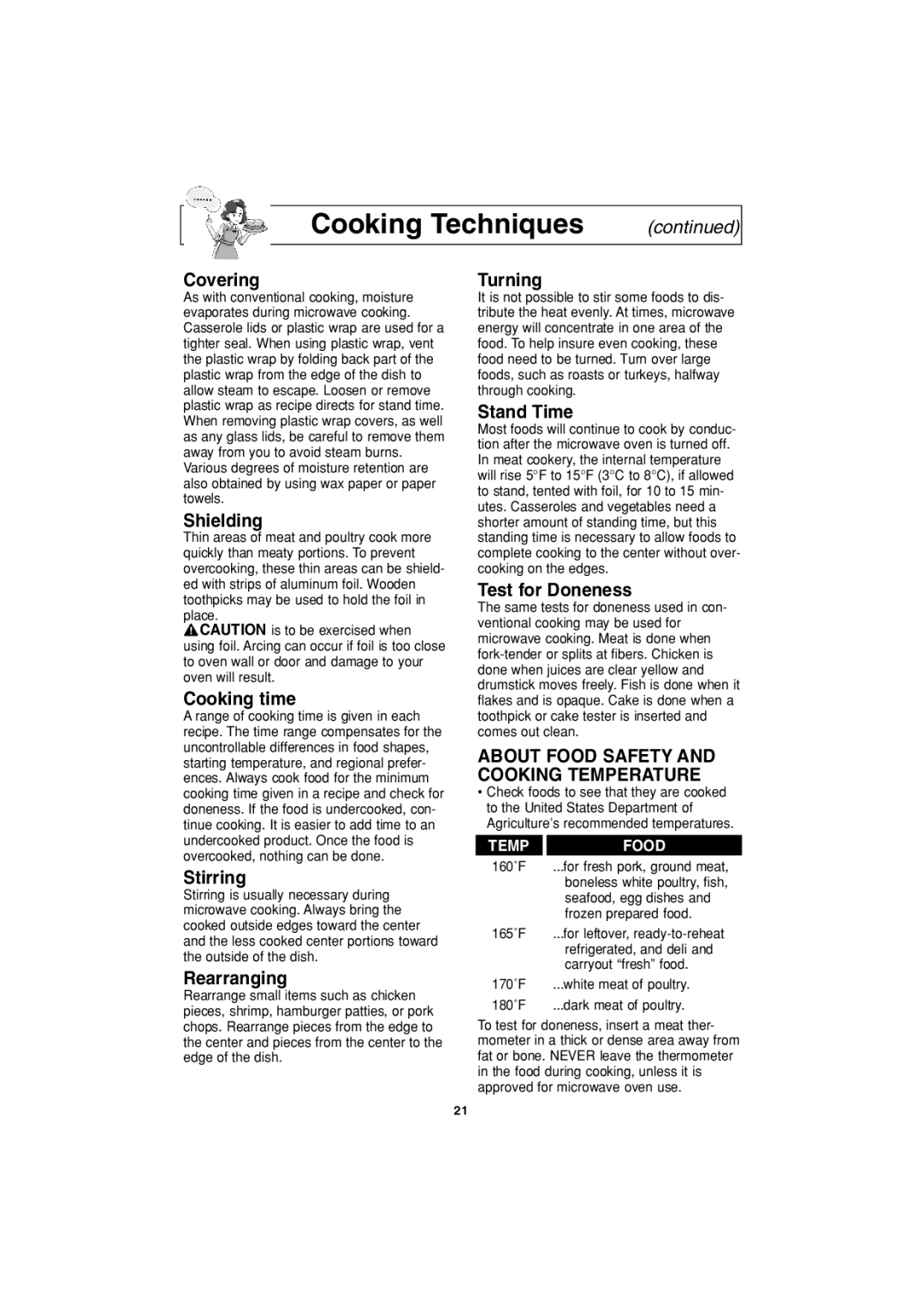NN-S953, NN-S753 specifications
The Panasonic NN-S753 and NN-S953 are two advanced microwave ovens that exemplify Panasonic's dedication to innovation and quality in kitchen appliance technology. Both models offer a host of features and are designed to meet the demands of modern cooking.One of the standout features of both the NN-S753 and NN-S953 is the inverter technology. Unlike traditional microwaves that use a system of on-and-off cycling to achieve cooking temperatures, Panasonic's Inverter technology provides a constant and even heat distribution. This ensures that food is cooked more evenly, helping to eliminate cold spots and enhance flavor. It is particularly beneficial for delicate foods, such as seafood and custards, which require a gentle touch.
Another hallmark of these models is their sleek design. Both units feature a contemporary aesthetic that fits seamlessly into any kitchen décor. They come equipped with a large, easy-to-read LCD display, intuitive controls, and an ergonomic door handle that simplifies access to the cooking space.
The NN-S753 and NN-S953 also come with a variety of pre-programmed cooking modes, allowing users to easily prepare a range of dishes without having to guess cooking times or power levels. Whether reheating leftovers, defrosting meat, or cooking popcorn, these presets take the guesswork out of microwave cooking. Another important feature is the Keep Warm function, which maintains food at the perfect serving temperature until you're ready to eat.
Additionally, these models are equipped with a powerful fan for effective ventilation, making them ideal for kitchens where odors must be minimized. The NN-S953, in particular, offers a turbo defrosting feature, further enhancing the efficiency of food preparation.
The capacity of both models allows for cooking larger dishes with ease, accommodating everything from casseroles to whole chickens. With the added benefit of an easy-to-clean interior and spacious turntable, maintaining these microwaves is straightforward and hassle-free.
In conclusion, the Panasonic NN-S753 and NN-S953 are more than just standard microwave ovens. With their Inverter technology, sleek design, advanced cooking features, and user-friendly interface, they cater to the evolving needs of home cooks, making meal preparation an effortless task. These models are an excellent choice for anyone looking to upgrade their kitchen appliances with a reliable and efficient microwave solution.

